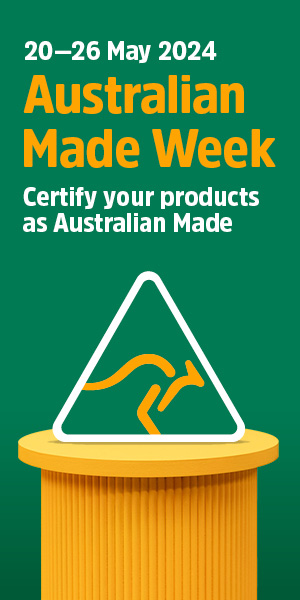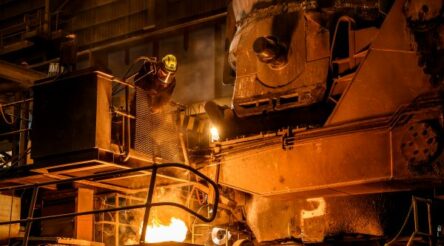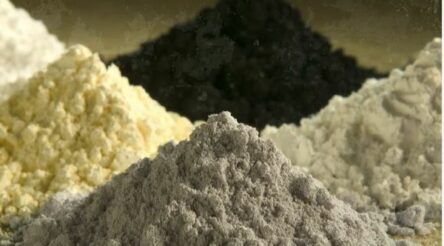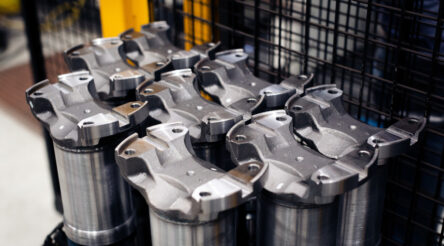Australian team moves perovskite cell development away from alchemy with AI
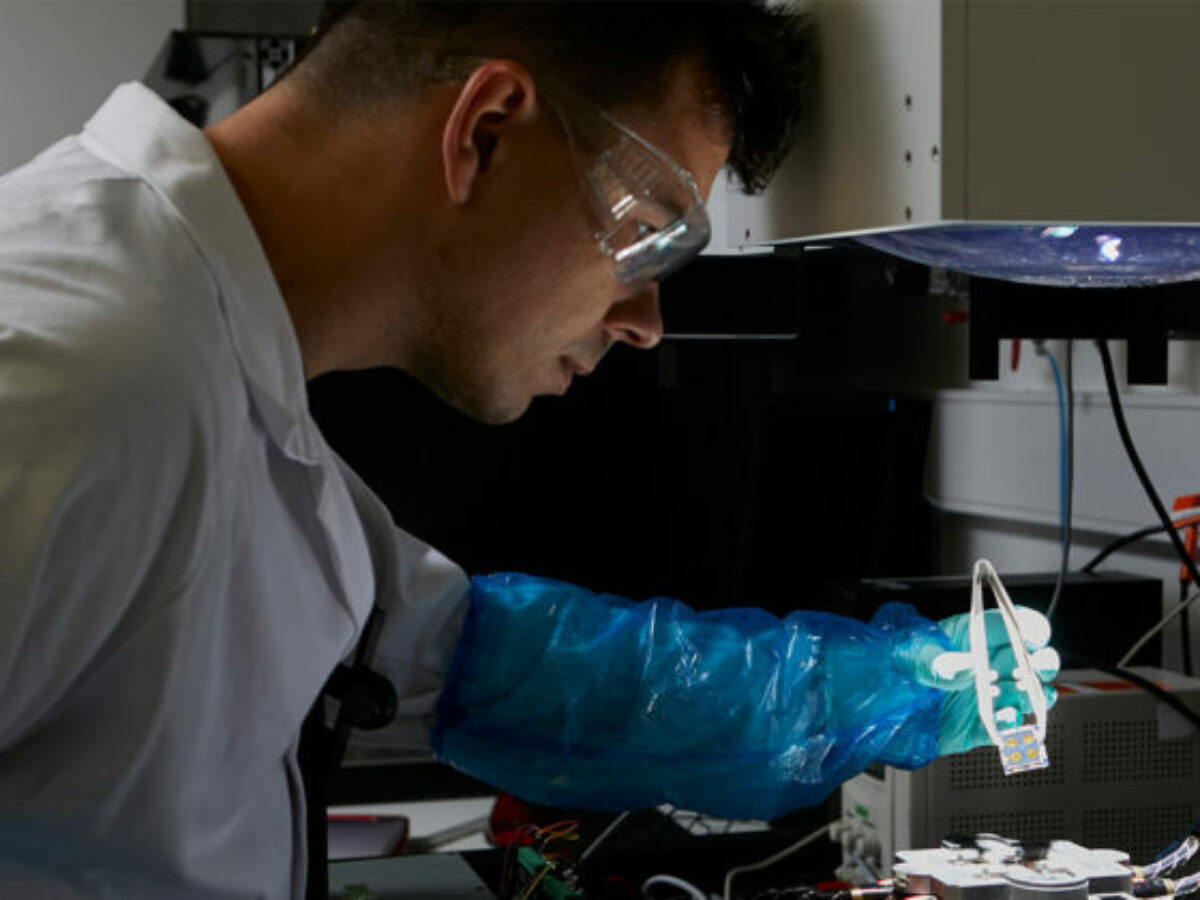
A team of researchers led by RMIT have used machine learning to cut years off the development of perovskite solar cells, according to the university.
Perovskite solar cells are the subject of a global race among researchers, and have potential cost benefits over silicon, said lead author Dr Nastaran Meftahi from RMIT University’s School of Science.
Efficiency records for perovskite solar cells have climbed sharply in recent years (see here) and the emerging class of very thin, printable cells has benefits in physical flexibility and durability.
“[But] until now, the process of creating perovskite cells has been more like alchemy than science – record efficiencies have been reached, but positive results are notoriously difficult to reproduce,” said Meftahi in a statement on Thursday.
“What we have achieved is the development of a method for rapidly and reproducibly making and testing new solar cells, where each generation learns from and improves upon the previous.”
Members of RMIT’s Centre of Excellence in Exciton Science based at RMIT, Monash University and CSIRO have “removed human error from the equation” and rapidly innovated solar cells using AI, according to the statement, developing a new model of machine learning.
“With a multimillion-dollar automated system for solar cell manufacturing being built by Dr Adam Surmiak (pictured) at Monash University, the model will be capable of predicting huge volumes of promising chemical recipes for new perovskite solar cells,” according to the university.
Surmiak and Professor Udo Bach at the Australian Centre for Advanced Photovoltaics and CSIRO will lead the facility, currently under construction.
The team’s paper in Advanced Energy Materials reports reproducible perovskite solar cells with power-conversion efficiencies of 16.9 per cent, an apparent record for cells manufactured without human intervention.
“A reproducible 16.9% power-conversion efficiency is better than an irreproducible 30%,” explained Meftahi.
“Critically, our machine learning model represents the starting point for further optimisation, both in terms of power-conversion efficiency and stability.”
Surmiak’s team designed and characterised 16 new solar cells never seen before using his novel setup, and Meftahi used these cells to predict the properties of 256 new solar cell recipes.
“Then Adam, with the help of his group, developed 100 new solar cells and that let me predict the properties of 16,000,” Meftahi said.
“At Monash, they’ll soon be able to make 2,000 unique solar cells per day. We’re quickly getting to the stage where we’ll be able to predict the properties of millions of different cells.
“And you can’t do that with anybody else’s machine learning model, because you’d need additional information before you’ve made the cell.”
Meftahi said the machine-learning model and automated system had potential use with other kinds of solar cell, and that the team is currently seeking industry partners to further test and prototype their work.
Picture: credit ARC Centre of Excellence in Exciton Science
Further reading
Graphene electrodes part of plan to make Australia make PV again
@aumanufacturing Sections
Analysis and Commentary Awards Defence Manufacturing News Podcast Technology Videos






